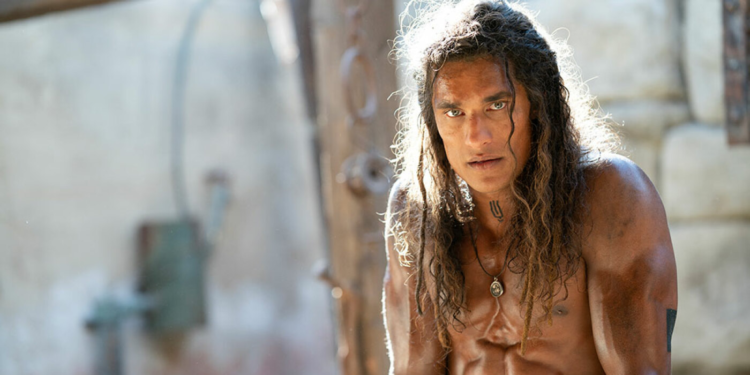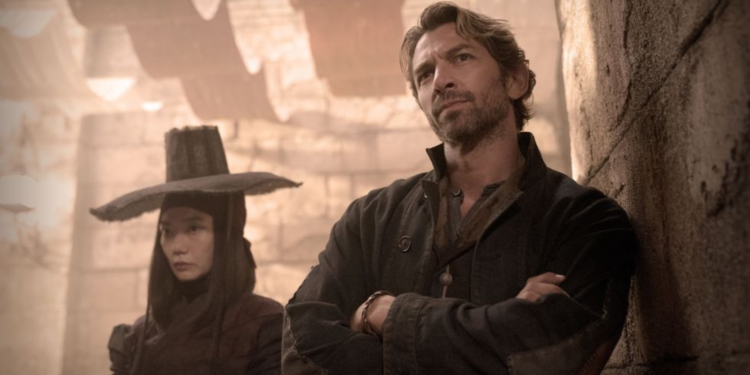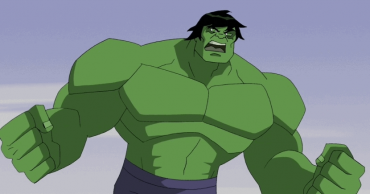Zack Snyder, an American film director, producer, and screenwriter, is most commonly known for his distinctive visual flair in movies. His use of different graphic techniques clearly demonstrates his commitment to pushing the boundaries of traditional filmmaking to create a highly immersive experience for his audiences. The use of handheld cameras in Man of Steel initially raised some eyebrows, but fans quickly realized that the technique was Snyder’s way of giving the audience a more holistic experience, as if they were witnessing the events unfold in front of them.
Cherry on top, the entire movie was filmed using a single camera, giving the audience a first-person perspective and making it incredibly immersive. The use of shaky cam during the action scenes really drove that idea home. These visual tricks have made Snyder a hoot amongst comic-book movie adaption fans. However, despite delivering some of the best on-screen visuals and dramatic sequences, Zack Snyder’s latest sci-fi saga Rebel Moon seems to have missed the mark. Here’s why.
Both Rebel Moon Part 1 and Part 2 Had Recurring Slow-Motion Shots Used as Fillers

While Snyder’s use of slow motion has been celebrated in past works like 300 and Watchmen, its application in Rebel Moon feels less like a creative choice and more like a crutch desperately trying to support the underdeveloped plot. In both parts of Rebel Moon, slow-motion shots are used extensively, but not always effectively. Pacing appears to be a lost art in Snyder’s Rebel Moon as the movies take forever to develop its main character, and rushes through the introduction of the rest of the crew.
The slo-mo drains the interesting movie plot and brings everything to a screeching halt. These slow-motion sequences, therefore, serve as fillers instead of improving the storyline or enhancing intense scenes. The overuse of slow motion can be seen in simple actions like a character walking or a door opening, which do not necessarily merit such dramatic treatment. On the other hand, films like Mad Max: Fury Road depict how well-executed, fast-paced action can enhance a film’s excitement without compromising clarity or emotional depth.
The Battle Sequences in Rebel Moon – Part Two: The Scargiver Saved It
Despite the critique of its overused slow-motion shots, Rebel Moon – Part Two: The Scargiver redeems itself somewhat with its battle sequences. Here, Snyder returns to form and choreographs large-scale conflicts with the kind of fervor and meticulous detail that originally made his films stand out. The battle scenes are visually striking and also where the slow-motion effect genuinely enhances the viewing experience. Each frame of these sequences showcases the chaos and angst of the battlefield.
These sequences clash with the rest of the film’s slower moments, offering a glimpse into what Rebel Moon could have been had it balanced its visual elements and pacing better. They serve as a reminder of Snyder’s ability to convey intricate narratives through action — a skill that has garnered him a dedicated fan base. Needless to say, the battle sequences largely carried the series.
Both Films Have Now Become the Lowest-Rated Works of the Acclaimed Director

Even with the heart-stopping action in its battle sequences, Rebel Moon has not resonated with audiences or critics as Snyder’s previous works have. Both installments have received lackluster reviews, which makes them the lowest-rated films in his directorial portfolio. Rebel Moon Part 1 scored a 5.6/10 on IMDb whereas Rebel Moon Part 2 barely scored 5.2/10. This reception is particularly astonishing given Snyder’s status as a filmmaker capable of delivering both critical and commercial hits.
The audience had been expecting some killer storytelling, intense action, and character development like in his earlier movies. The whole Rebel Moon saga was expected to be as good of a hit as Guardians of the Galaxy was. Unfortunately, for a series that was originally slated to be a subversion of the Star Wars franchise, the two movies felt like low-budget rip-offs with lackluster dystopian themes and slow-mos that made the films difficult to finish. While Rebel Moon aimed to captivate audiences with its ambitious storyline and striking visuals, it serves as a cautionary tale of how a director’s hallmark style can sometimes backfire. And what was up with Sofia Boutella‘s consistent and flat painful expressions? Check out this guide on Turtles All the Way Down, a new-age movie about love.
 Follow Us
Follow Us





